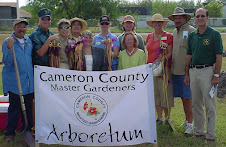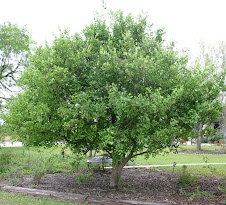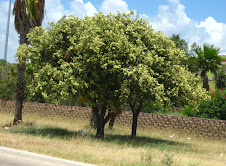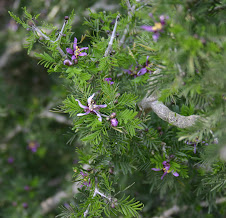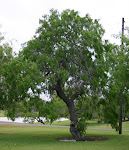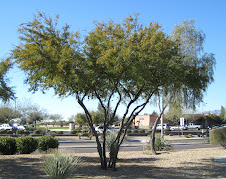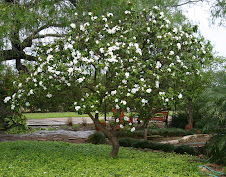The ubiquitous potato (Solanum tuberosum) originates in the Peruvian Andes of South America in Alpine regions where the daytime temperature rarely exceed 70° F. Not surprisingly, it turns out potatoes form tubers optimally at soil temperatures between 60° and 70° F. Tuber formation stops altogether at 80° and above.
So, what does this mean for growing potatoes in the Valley?
As residents of the RGV we are blessed with a warm climate, relatively mild Winters and long growing seasons, but it gets hot here... Very Hot. To top it off spuds can take anywhere from 80 to 120 days to mature depending on the variety. What this translates to is a small window of opportunity to get them into the ground and growing before temperatures rise so high that growth stops and you end up with teeny tiny tubers. I assure you, nothing is more depressing than anxiously digging up your home grown potatoes only to find pea sized proto-potatoes. As it turns out this planting window is a two week period beginning about mid January. That means planting time is about a month away. Now is the best time find your potatoes!
Obtaining Potato "Seed"
Potatoes are grown from... well.... other potatoes. That is-- what is referred to as potato "seed" are actually tubers from existing cultivars, essentially clones of the parent plant, rather than true seeds. Although they are capable of flowering and producing true seed, this is rarely done as any offspring are not likely to grow true to type, due to the genetics of potatoes. The downside to having consistent potato clones, is that any disease a plant picks up is then transferred to its cloned offspring, and subsequently to its offspring, etc. So although you can save your own potatoes for replanting, quality of subsequent crops can take a nose-dive. Thankfully, you can purchase "Certified Seed Potatoes" which have been tested to ensure that they are disease free.
There are many varieties out there to experiment with such as russets, fingerlings, whites, yellows, reds and even blues! When choosing a variety consider disease resistance and time to maturity, early varieties are ideal.
Three specific varieties that are well adapted to growing in the RGV are:
- Red La Soda
- Red Pontiac
- White Kennebec
Growing

Once you have your seed potatoes put them in an area where they will get some sun for at least a few days. This will encourage plantlets to form at the eyes and begin growing, giving your taters a bit of a head start before they go in the ground. If your seed potatoes are large, you can cut them into smaller sections so long as each piece has at least an eye or two. If possible, coat the freshly cut areas with sulfur to reduce the chance of fungal infection, and give the pieces enough time to callous over
Loose soil is a must. Rototill or manually cultivate your growing plot so that you have a nice fluffy consistency. Plant each "seed" about 15" to 18" apart in rows spaced about 3' to 4' wide. You can put them closer if your soil is rich and fertile. Cover them with only a couple inches of soil, and don't plant them too deep as they don't like wet feet. As they begin to grow you can periodically rake in soil from the space in between the rows to create hills of soil around the base of the plants, burying the lower parts of the stems. This gives the growing plants a larger volume of loose soil within which it can put out more tubers. If you're looking for yummy new potatoes, you can pluck potatoes while the plants are still green. If you want larger potatoes that can be stored for a bit longer, wait until after your plants have keeled over before harvesting. Use a spading fork to gently coax the base of the plant out of the ground along with the potatoes. For fun, leave some of the potatoes in the ground and you'll have free volunteer plants in fall, without any effort!
If you've never grown potatoes, give 'em a try. Now's your chance! If you'll excuse me, I'm off to have a midnight snack of... potato chips!




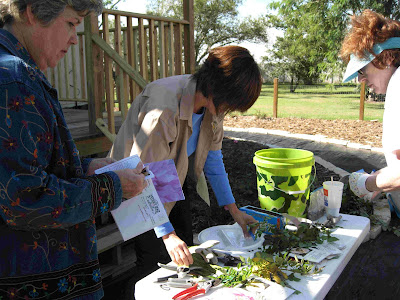




 Want to attract more butterflies to your landscape? Taffy, a Master Gardener and butterfly expert extraordinaire, has a list of books just for you.
Want to attract more butterflies to your landscape? Taffy, a Master Gardener and butterfly expert extraordinaire, has a list of books just for you.




























